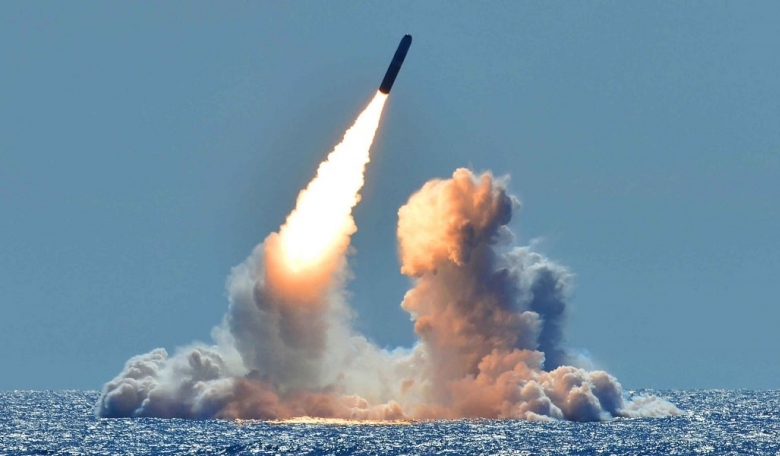Civilian government officials appointed to oversee the US military might have jammed their own messaging by arguing in an overarching strategy document that China and Russia have “weaponised” space.
The leaders over the Department of Defense want a “comprehensive military advantage” in space within 10 years in order to regain lost momentum they say has left US interests vulnerable.
The document, labeled an unclassified summary of the Defense Space Strategy, outlines a “continuum” of threats the department wants to defend against, from attacks on satellite ground stations to the detonation of a nuclear weapon in space meant to destroy many satellites at once with an electromagnetic pulse. The document credits “potential adversaries” China and Russia for already having “weaponised” space by developing anti-satellite weapons.
Independent space policy experts, in conversations with ROOM Space Journal, mentioned that such overarching strategy documents often reveal more in the tone than the substance and that the US has also done the things it’s blaming the other countries for.
Assistant Secretary of Defense for Space Policy Stephen Kitay announced the document on behalf of Secretary of Defense Mark Esper in a press briefing (17 June) livestreamed from the Pentagon, where Kitay made it clear that the department chose the term “weaponisation” on purpose.
When a reporter asked whether, in referring to the “weaponisation” of space, Kitay implied that China and Russia had “put weapons in space?”, Kitay responded: “I said what I said.”
“Quoting from the intelligence community as well as when the State Department talked about the activities in 2017, they highlighted in 2018… it is clear that [China and Russia] have weaponised space,” he said. Kitay later alluded to directed-energy weapons, anti-satellite missiles and signal-jamming capabilities reported by the Defense Intelligence Agency and the US-China Economic Security and Review Commission.
But the exchange illustrated why sticking to those guns could give the “potential adversaries” a rhetorical edge.
“The term ‘weaponisation of space’: it’s a silly term - it really is. There are so many ways you can interpret it,” says Bleddyn Bowen, lecturer in international relations at the University of Leicester in England and author of ‘War in Space: Strategy, Spacepower, & Geopolitics’ out this year from the Edinburgh University Press.
“All Russia and China have to do is say, ‘The Americans are full of nonsense. We’ve never put a weapon in space.’ But that disguises the reality” - that anti-satellite weapons reside on Earth.”
Sticking to the facts, Bowen suggests, could be more effective: “You can still make that anti-China point and still be accurate” and not “open yourself up to attack. You could’ve gotten your hawkish point through if you just knew the right words to use.”
Words aside, the flip side the department’s argument is that the US has demonstrated an anti-ballistic-missile weapon against satellites, has a functional system for offensive counter communications (aka jamming), and likely has the most advanced technology at its disposal in terms of space navigation and space situational awareness, as the Secure World Foundation’s Victoria Samson and Brian Weeden outline in their April 2020 report ‘Global Counterspace Capabilities: An Open Source Assessment’.
Among her international colleagues, Samson says she’d gathered a sense of “kind of waiting to see,” of “‘OK, you have this document. How exactly are you going to carry it out?’”
Under the department’s plan, the US State Department would help to forge an international consensus on standards of responsible behaviour in space - “what constitutes acceptable and unacceptable actions,” Kitay said.
The Trump administration has laid the foundation for the updated strategy by creating, within the Department of Defense, the US Space Command, to plan for combat; the Space Development Agency, to speed up acquisition; and, with Congress’ approval, the US Space Force, to cultivate personnel.
Kitay sees it all as “the gears of a powerful machine clicking into place,” he said, elevating the perception of space within the military from a “support function” to a “warfighting domain” like the traditional domains of ground, sea and air.
Kitay declined to go into detail on specific technologies or weapons but did say one strategy within the larger plan could be to prioritise which satellites should be shielded from an electromagnetic pulse.
Asked by ROOM if the department plans to share a full, classified version of the Defense Space Strategy with members of Congress, Department of Defense spokesperson Air Force Lt. Col. Uriah Orland replied via email: “We communicate regularly with Congress, and the Defense Space Strategy will be shared with the appropriate members and committees.”











